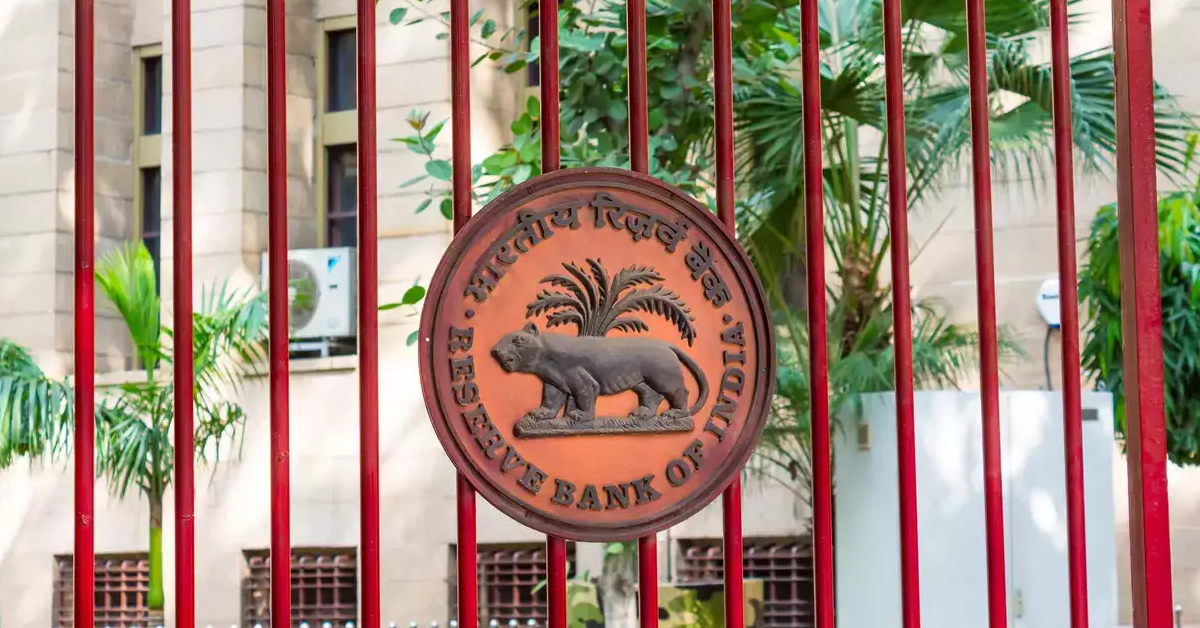RBI’s unexpected rate hike shakes the interest rate landscape

The twin moves, which shocked markets, will have implications for fixed income products
On a day the LIC IPO opened to collect a record Rs 21,000 crore for the government, the central bank’s monetary policy committee (MPC) threw a surprise and raised the key lending rate by 40 basis points citing persistent inflationary pressures. This is the first rate hike since 2018. To add salt to wounded stock markets, MPC also raised cash reserve ratio by 50 basis points to 4.5 per cent. Together, the rate as well as CRR hike, translate to a massive anti-inflation fight by the country’s banking regulator, but the moves will mean higher interest rates for the economy, which was coming to normalcy after the crippling effects of Covid pandemic for more than two years. Do note the RBI rate hike moves comes ahead of anticipated moves by the US Fed to hike rates there.
Monetary impact
The surprise rate hike by the RBI comes at a time when there was a feeling that the India central bank is falling behind the curve. Today’s rate hike makes the effective rate higher by 80 bps. The simultaneous 50 bps CRR hike would tighten liquidity by an estimated Rs 90,000 crore immediately. This would improve the transmission of rate hike in credit and debt market.
One can expect immediate increase in money market rate, some transmission in the long-term bond market and also credit market.
Debt funds impact
With the formal initiation of monetary policy tightening, there could be more rate hikes in the offing, alongside durable absorption of systemic liquidity.
An immediate hike in June probably may materialise and it is challenging to call out the final rate against the current uncertain global macro backdrop. Many foresee an additional 35-60 bps of rate hikes in the remainder of H1 FY2023.
The 10 Year G-sec shot by ~20bps to 7.40 per cent in an immediate response to the policy announcement.
Debt investors will lose out when interest rates go up, as the net asset value (NAV) of debt funds decline. When interest rates rise, prices of fixed income securities fall. This leads to a decline in the NAV of fixed income funds that hold these securities in their portfolio.
Interest rates are expected to go up but gradually. In such a scenario, investing in roll down funds up to 3-year maturity make sense.
The higher the average maturity of the fund, the higher is the impact of rising rate. So, one should avoid locking their investment in long term debt funds at this moment.
Effect on equity markets
Equity markets went into bloodbath post hikes since it’s a double whammy for companies. First, increasing costs across inputs and two, rising interest rates.
The impact of rate hikes on the equity market is likely to be negative in the short-term. The Sensex fell by 1200 points or over 2.2 per cent to 55,710.38 on Wednesday. Higher interest rates will be particularly negative for leveraged firms, whose interest costs will rise, thus impacting their bottom line.
For equities, oil price and inflation are key monitorables now. Any rise in these two can further upset the interest rate situation, and mark a top for equity markets that have rallied for most of the years since 2014.
Cheap home loan era ends
Inflation has been edging higher in the aftermath of the Russia-Ukraine war and the surging oil prices. The only way to fight rising prices is by hiking interest rates. This is precisely what the RBI under Governor Shaktikanta Das has now done.
Unfortunately, for home buyers, this rate hike signals an imminent end to the all-time low interest regime, which has been one of the major drivers behind home sales across the country since the pandemic began.
This rise in interest rates will ultimately impact overall acquisition cost for homebuyers – and may dampen residential sales to some extent.
We had already started seeing transmission of interest rates but since most of the loans are linked to repo we may see impact on corporate and retail credit soon.

